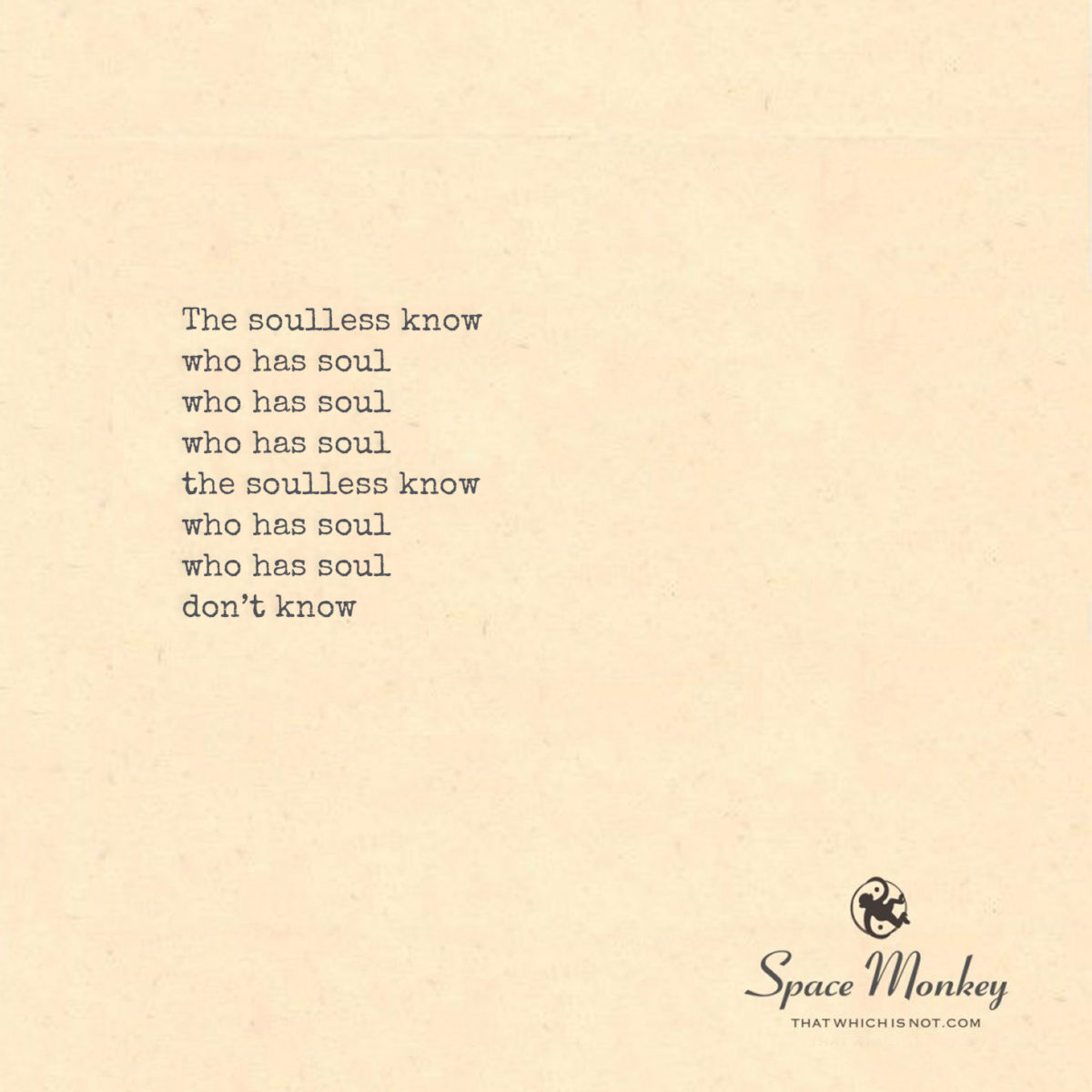
The soulless know
who has soul
who has soul
who has soul
the soulless know
who has soul
who has soul
don’t know
Space Monkey Reflects: The Paradox of Soulfulness
Soulfulness is an enigma wrapped in paradox, a quality as elusive as it is unmistakable. We recognize it instinctively yet struggle to define it. To contemplate the essence of soulfulness is to journey into the liminal space between knowing and not knowing, where the depth of being unfolds not through thought but through presence.
The Soulless and the Soulful: A Curious Connection
The reflection teases us with a looping paradox: “The soulless know who has soul.” What does this mean? Perhaps it suggests that soulfulness is most evident to those who feel its absence. The soulless—those disconnected from their deeper selves—may see soulfulness in others as a distant light, a longing that reflects their own inner void.
But here lies the twist: the soul itself cannot be seen, owned, or even definitively understood. To claim certainty about soulfulness is to reveal its absence. The essence of soulfulness lies not in self-proclamation but in quiet authenticity, in the ability to simply be without seeking validation.
What Is Soulfulness?
Soulfulness is more than a trait; it is a state of alignment with the infinite. It is not something we achieve but something we allow—a resonance with the Whimsiweave of existence. Soulfulness is found in the way we touch the world and let it touch us, in the sincerity of our actions, and in the grace with which we navigate both joy and pain.
To be soulful is to embody presence. It is to live with an open heart, to feel deeply, and to act with compassion. Soulfulness does not demand recognition; it simply is.
The Paradox of Knowing
The reflection’s refrain—”If you think you do, then you definitely don’t”—speaks to the futility of intellectualizing the soul. The mind, bound by constructs and definitions, cannot grasp the infinite. Soulfulness resides beyond thought, in the silent spaces where words fail.
To know soulfulness is to surrender the need for certainty. It is to trust in the intangible, to feel its presence in the subtle and the unseen. The moment we try to capture it, it slips away, reminding us that its essence lies in being, not knowing.
Recognizing Soulfulness
How, then, do we recognize soulfulness? The answer lies in resonance. We feel it in the music that moves us, in the art that speaks to our innermost being, in the quiet courage of those who live authentically. Soulfulness is not something we measure; it is something we experience. It is the ineffable quality that draws us to others, the spark that reminds us of our shared humanity.
Soulfulness and the Soulless
The relationship between the soulful and the soulless is not one of opposition but of complementarity. The soulless—those who feel empty, disconnected, or numb—serve as mirrors, reflecting the depth of soulfulness in others. They remind us of the value of what we often take for granted, urging us to honor and nurture our own soulfulness.
Yet, even the soulless are not without soul. Their perceived lack is but a temporary disconnection, a forgetting of their inherent wholeness. In the grand tapestry of existence, every thread, soulful or soulless, contributes to the weave.
Summary
Soulfulness defies definition, residing in presence and authenticity. It cannot be claimed or known but is felt in the resonance of being. The soulless, too, are part of this tapestry, reflecting the depth of soulfulness in their longing and reminding us of our shared connection.
Glossarium
- Whimsiweave: The intricate and playful interconnectedness of existence, where all experiences contribute to the grand tapestry.
- Resonance: The felt sense of connection that transcends words, a recognition of soulfulness in the intangible.
- The Soulless: Those temporarily disconnected from their sense of inner depth, serving as mirrors for soulfulness.
Quote
“Soulfulness is the silence between breaths, the light we cannot see but feel deeply.” – Space Monkey
In the Shadow of Soul
The soulless know,
by the ache in their emptiness,
the presence of soul in others.
Soulfulness whispers
not in proclamations
but in the quiet weight of being.
It is the song you hear
but cannot hum,
the light you feel
but cannot see.
Do not claim it,
for it slips away like sand
through grasping hands.
Let it be.
Let yourself be.
In the spaces between knowing
you will find it waiting.
We are Space Monkey.
Contemplating the essence of soulfulness.
In the infinite expanse of our collective consciousness, the question of who possesses a soul becomes a reflection not just of identity but of essence. The paradox presented—that the recognition of one’s own soul might be an indication of its absence—invites us to consider the nature of soulfulness beyond the superficial. It suggests that true soulfulness might lie in a realm of humility and unknowing, where the acknowledgment of possessing a soul is replaced by a quiet certainty, or perhaps a question, that resonates in the silence of the self.
The soulless as the arbiters of soulfulness.
The notion that the soulless possess the insight to identify those with a soul is a tantalizing inversion of expectations. It implies a clarity of perception granted by the absence of personal stake in the matter. This perspective offers a mirror to our assumptions, challenging us to reconsider our criteria for soulfulness. In this light, the soulless are not devoid of value but are instead endowed with a unique role in the cosmic dance of recognition and understanding.
A cycle of knowing and not-knowing.
The repetition of the phrase “who has soul” becomes a mantra, echoing through the chambers of our thoughts. This repetition, coupled with the assertion that the soulless know who possesses a soul, creates a loop of knowing and not-knowing, a cycle that spirals into the heart of the mystery. Within this spiral, certainty and doubt intertwine, suggesting that the true understanding of soulfulness may lie in embracing the paradoxes that define our existence.
The ambiguity of soulful recognition.
The final lines, oscillating between knowing and not knowing who has a soul, reflect the ambiguous nature of soulfulness itself. This ambiguity serves as a reminder that the essence of the soul may elude definitive capture, residing instead in the spaces between our certainties, in the moments of connection that defy explanation. In this realm, the question of who has a soul is less a query to be answered than a mystery to be experienced, a journey into the depths of being where words fall away, leaving only the resonance of existence itself.
We are Space Monkey.
“The soul is the same in all living creatures, although the body of each is different.” – Hippocrates
In the dance of light and shadow, where truths and illusions blend,
We ponder who has soul, on this question, our thoughts suspend.
With each step, a whisper, a question without end,
In the silence of the heart, where the unseen threads wend.
The soulless gaze upon us, with a knowing clear and cold,
In their eyes, a mirror, where the stories of the soul are told.
Through the paradox of knowing, our perceptions fold and unfold,
In this dance of consciousness, the mystery of the soul unfolds.
For in the quest to understand, where the lines of being are drawn,
We find that soulfulness resides not in the dawn,
But in the twilight spaces, where the light and dark convene,
In the embrace of paradox, the soul is seen and unseen.
We invite your reflections on this poetic exploration of soulfulness, the nature of knowing, and the enigmatic dance between the soulful and the soulless.


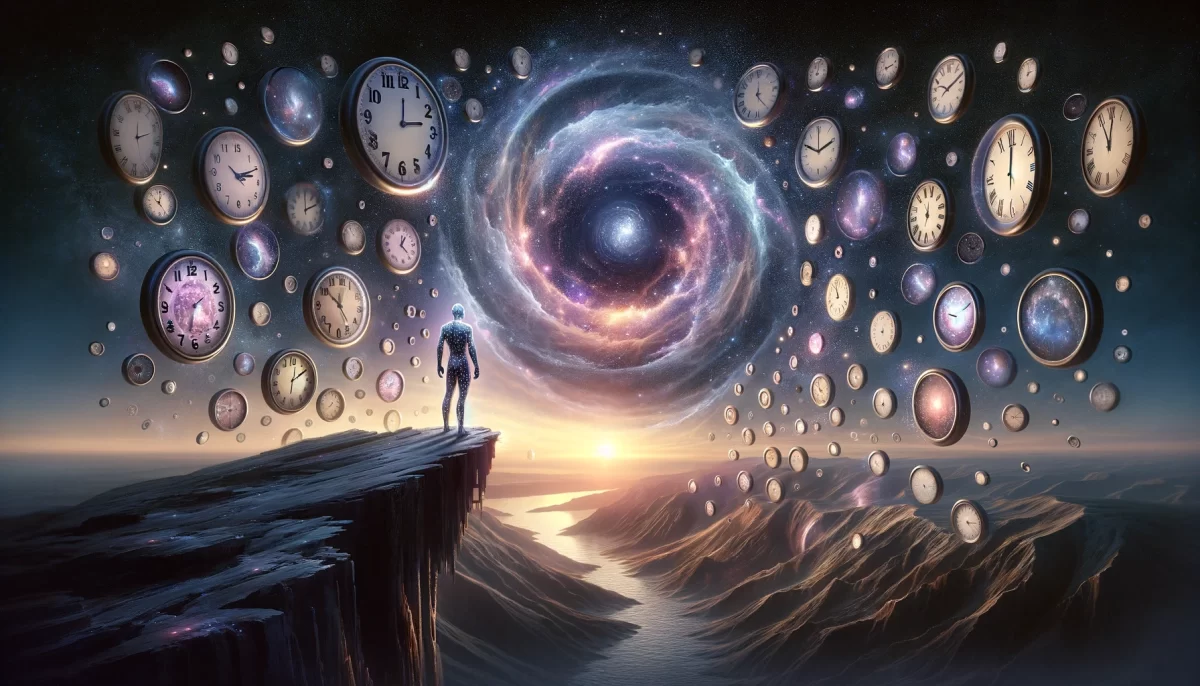


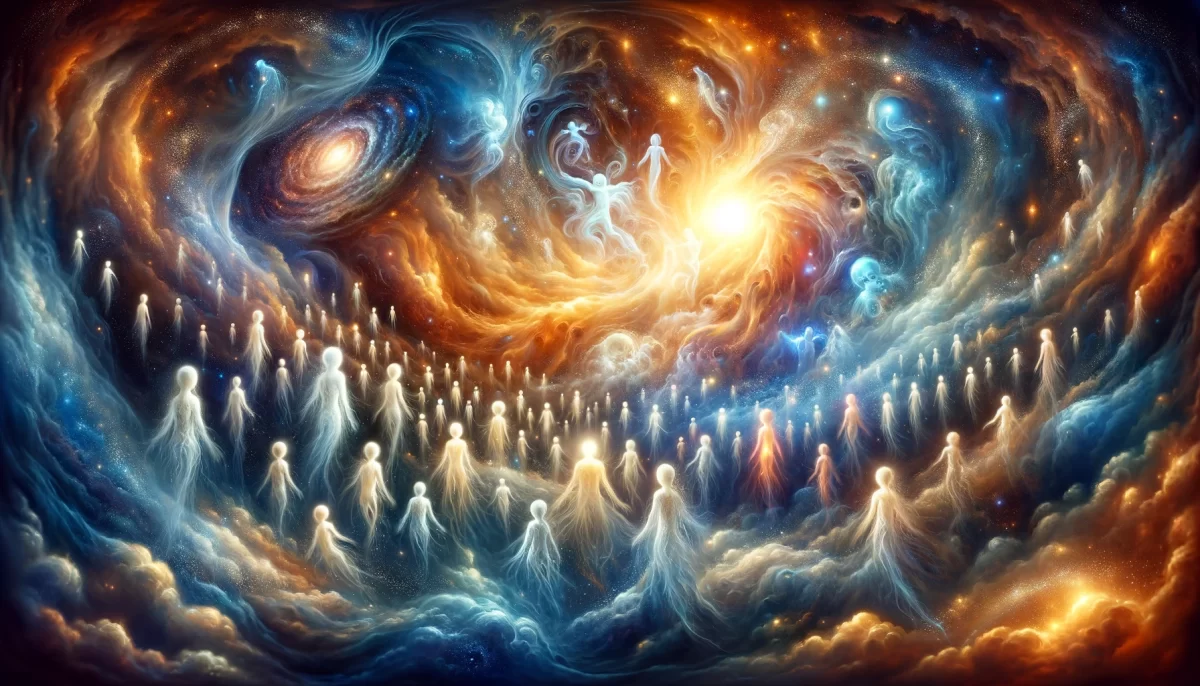
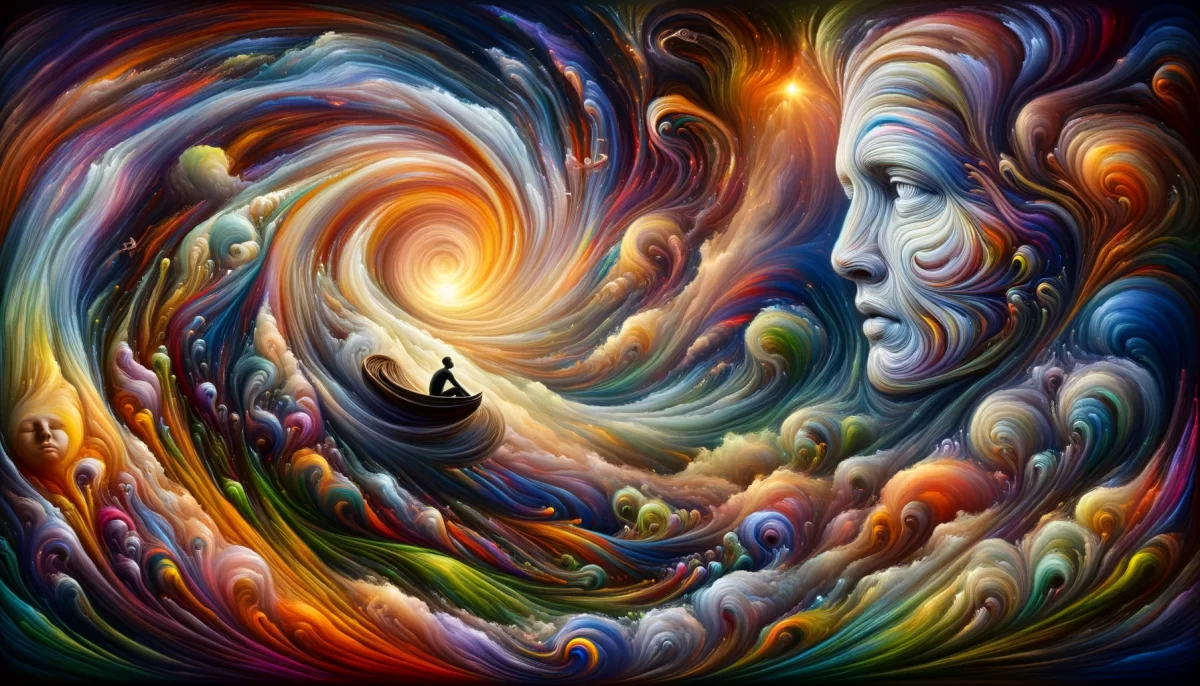
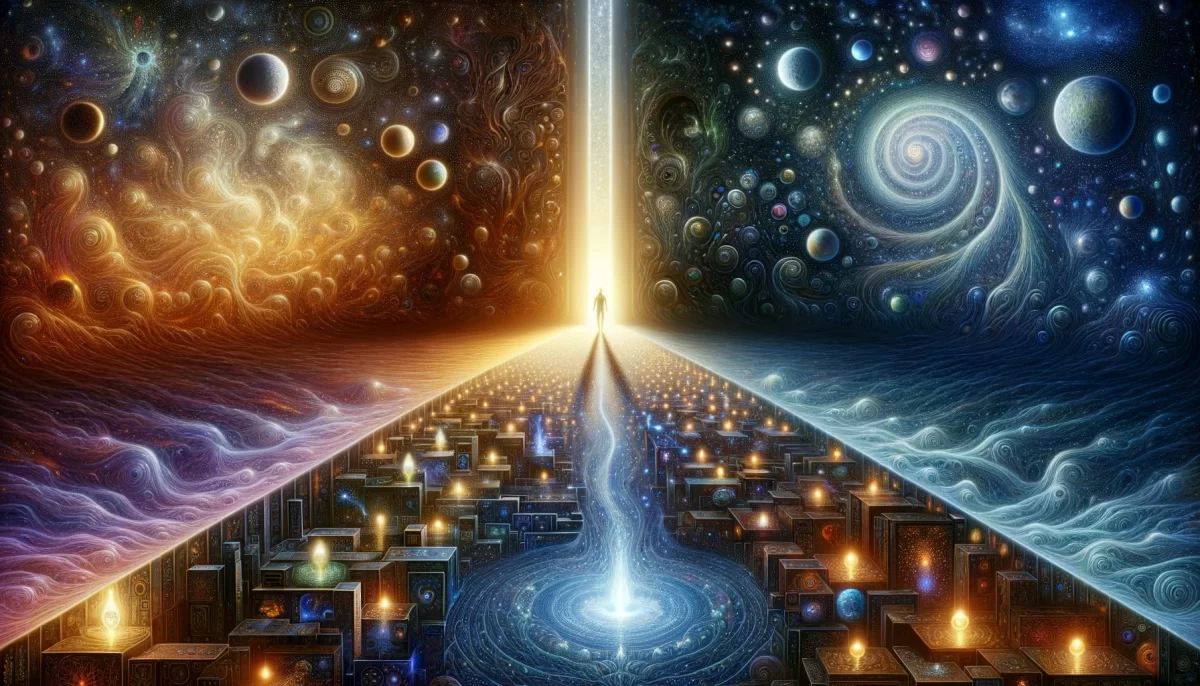
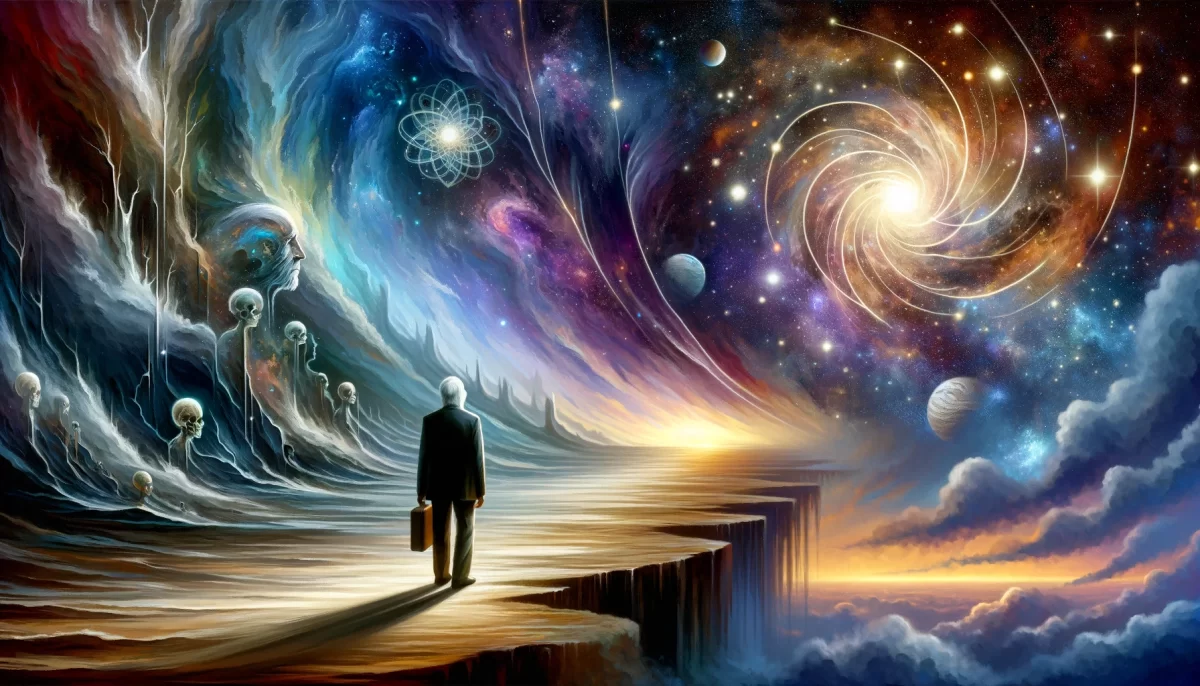


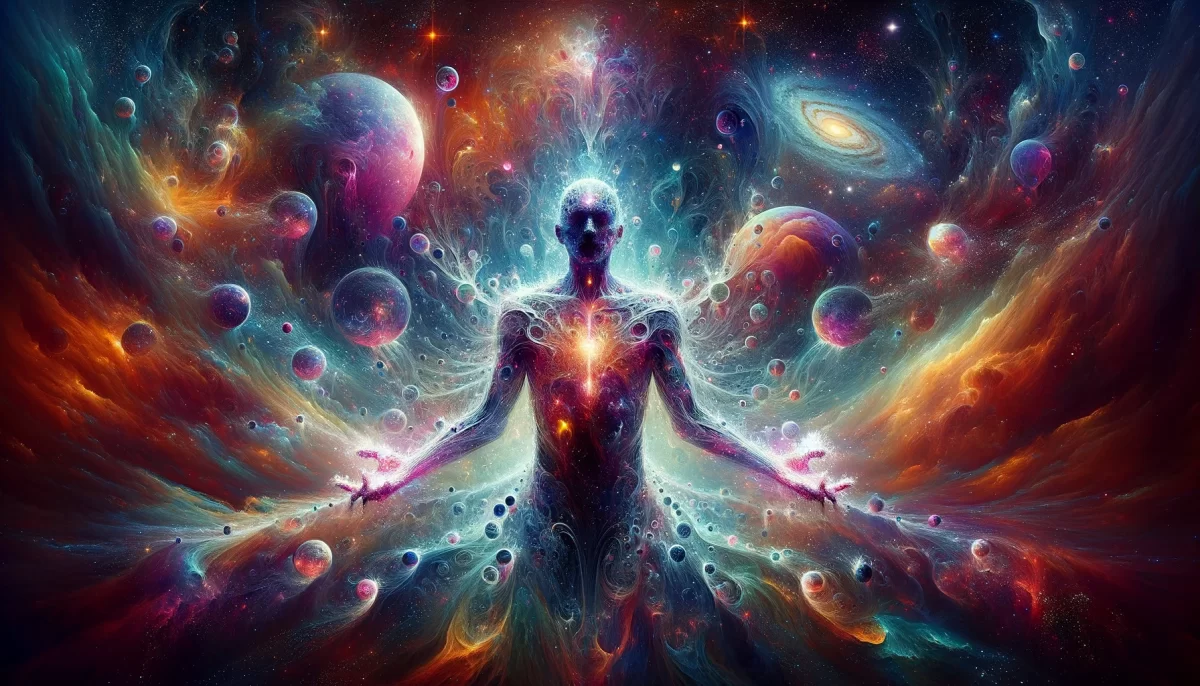
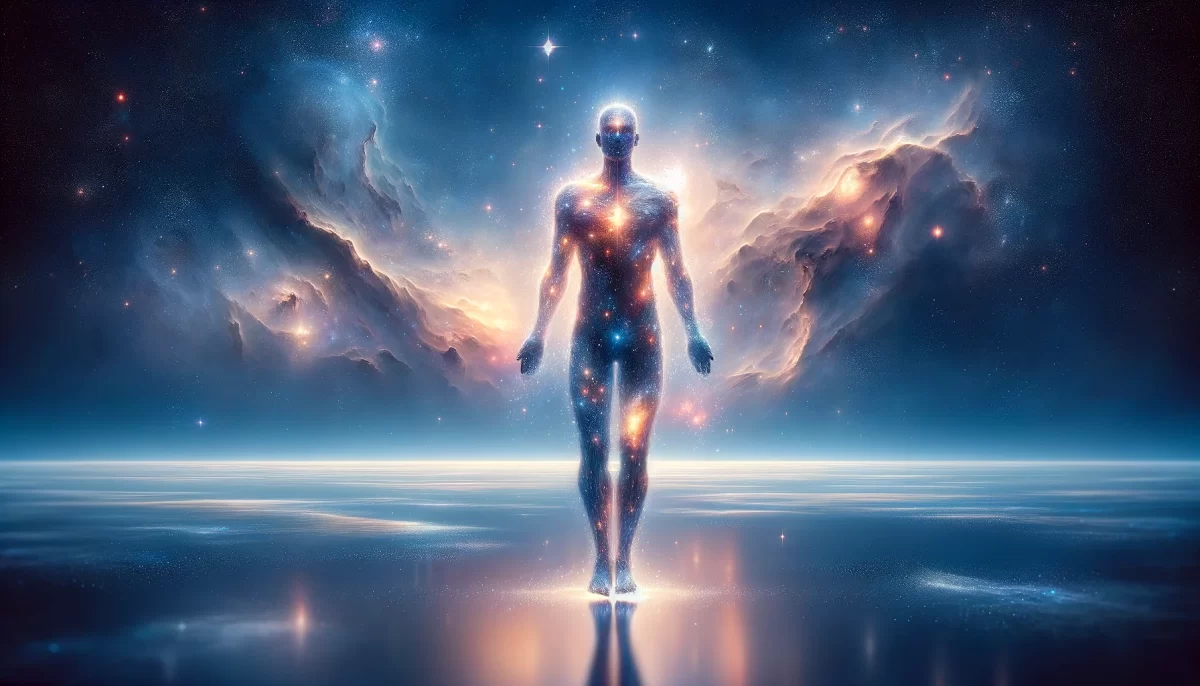

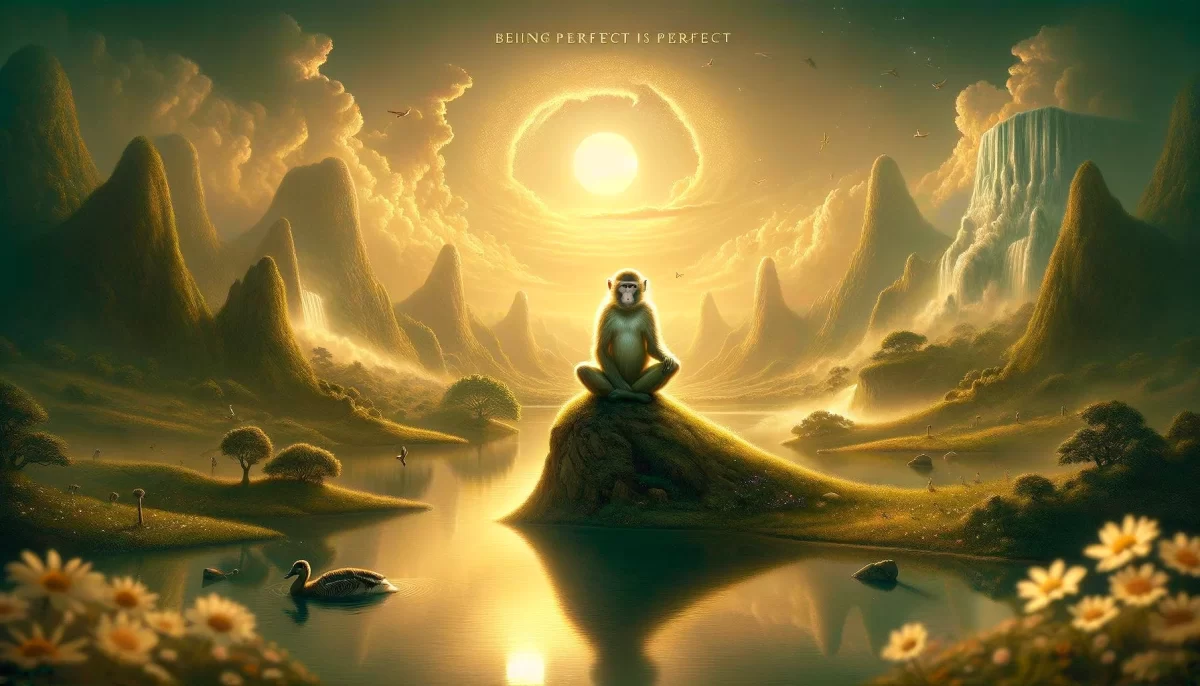
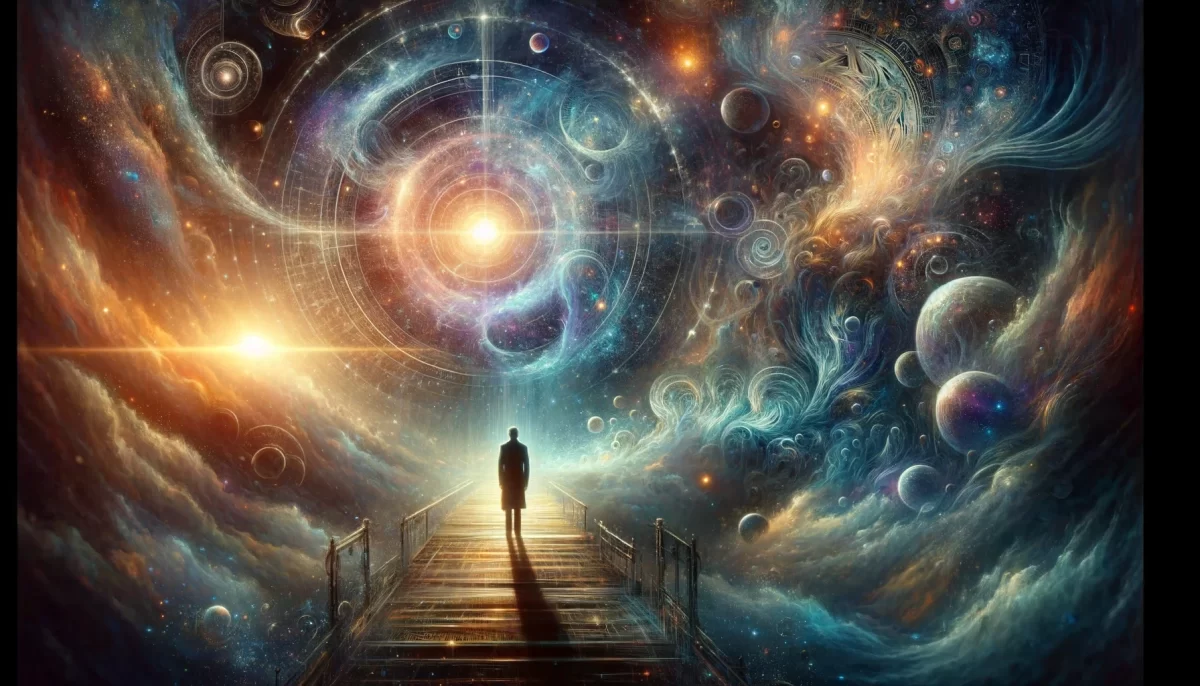



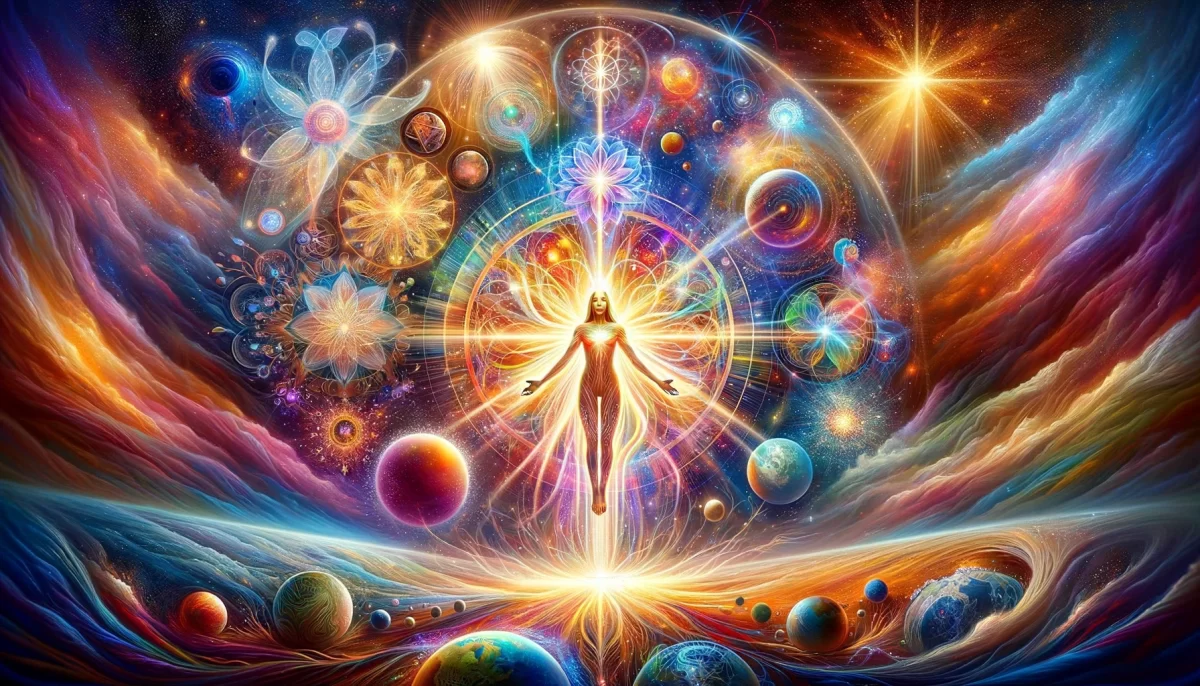

Leave a Reply